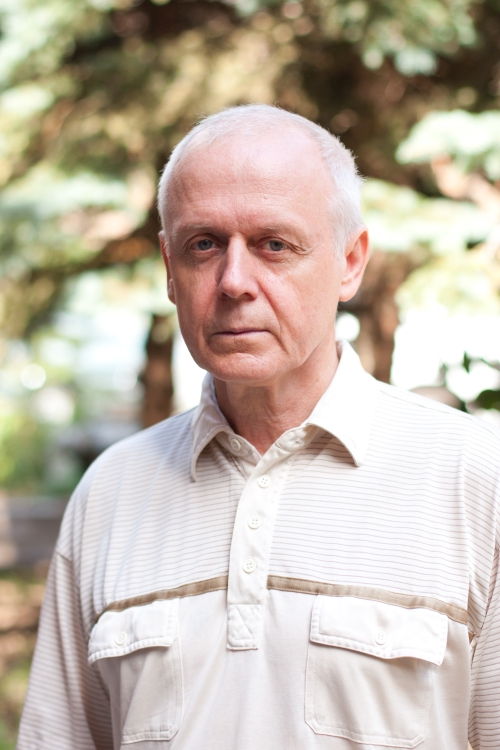Laboratory of Ore Deposits

Head of Laboratory
|
The laboratory of «Ore Deposits» was formed on April 5, 2002. Previously, it was called «Isotope geology and ore deposits» The laboratory consists of:
Subjects of laboratory research:
The most important scientific achievements of the laboratory: A new geodynamic model for the development of the eastern slope of the Southern Urals and its corresponding variant of tectonic zoning are proposed, criteria are developed for the search for ore deposits along the periphery of large granite bodies. Potential gold content and platinum bearing capacity of the hyperbasite massifs of the Mednogorsk-Kraki structural-formation zone and the Main Ural fault are proved. On the basis of a detailed study of the petrogeochemical features of rocks in the Krak massifs, a variant of their formation in an independent gap rift structure is substantiated. A mechanism is proposed for the formation of chromite deposits. It is shown that the formation of the mineralization of the alpinotype formation occurs in two stages. The first stage is associated with the rifting environment and the concentration of ore matter during depletion from silicates (pyroxenes) into its own mineral phase, chromospinelide. During the second stage, in the atmosphere of compression, the previously accumulated dispersed ore matter is localized into compact ore bodies. Industrial deposits, composed of thick-grained and massive chromites, are formed as a result of accretion of previously formed bodies of disseminated ores with differentiation in the solid-plastic state. The territory of the Aramil-Suhtelin zone in the Ordovician-Silurian time was the eastern flank of the Magnitogorsk one, forming a single oceanic depression together. In the early Devonian (ems), the tension was replaced by compression, which led to the formation of a subduction zone with an eastern fall and predominantly calc-alkaline basalts of the island-arc type. Subsequently, most Ordovician formations were absorbed in the subduction zone: the basalts of the Polakovo suite remained fragmentarily only in the extreme western part of the Magnitogorsk megazone as blocks among the serpentinite melange. The oceanic basalts of its eastern flank (Shemetovskaya stratum) collided eastward as a result of the collision to the western edge of the East Urals microcontinent. |